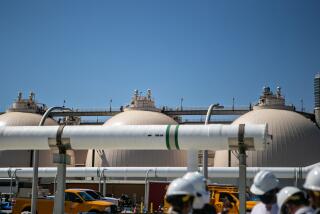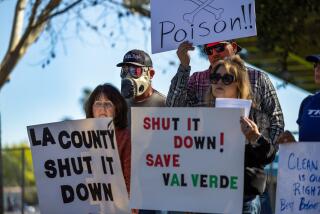EPA says help is on the way for San Diego beaches fouled by sewage from Tijuana
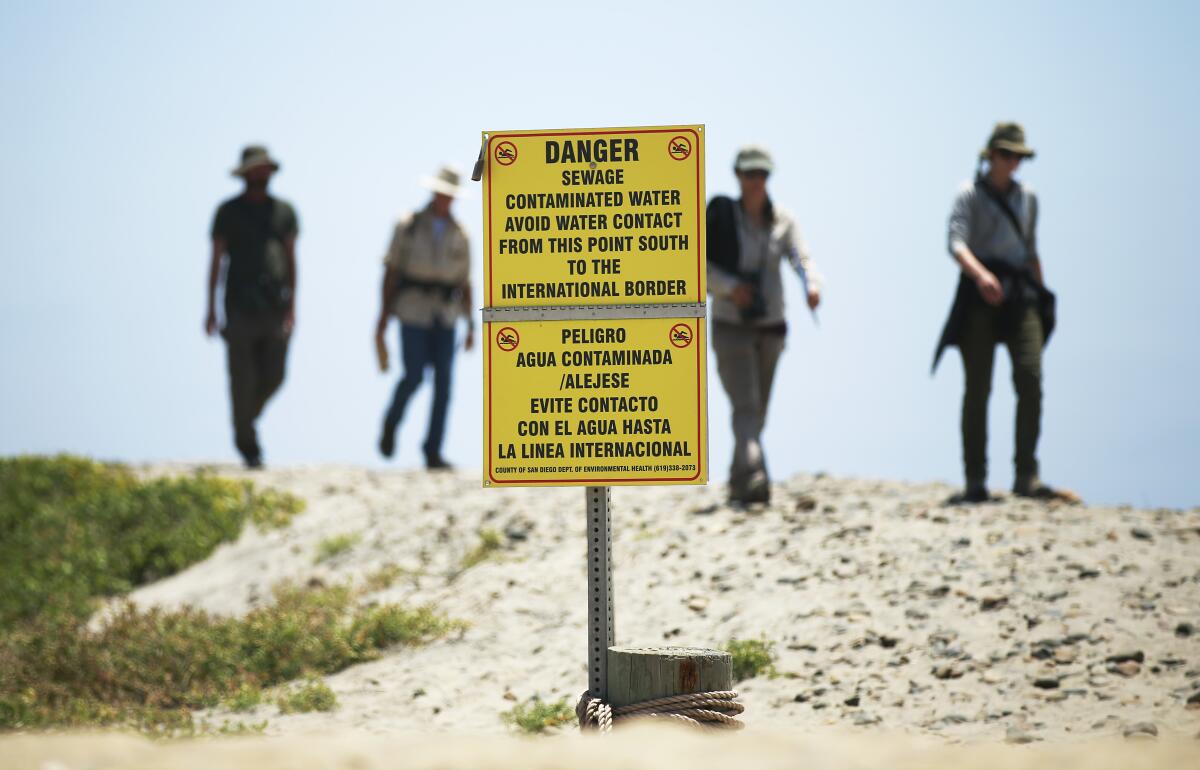
When a storm pummeled the San Diego-Tijuana region two weeks ago, hundreds of millions of gallons of water laced with raw sewage, trash and industrial chemicals flowed over the border, shuttering beaches as far north as Coronado.
The shoreline stink and closures came as no surprise to residents of Imperial Beach, a city where swimming was prohibited at its main oceanfront for nearly half of 2020. The beach along Border Field State Park was closed for 295 days last year.
The South Bay shoreline was partially opened after the recent rains, only to be abruptly closed again on Wednesday as polluted water continued to leak out of Tijuana into the Pacific Ocean.
The problem is hardly new. For decades, Tijuana’s wastewater system has been overwhelmed by the city’s fast-expanding population. Thousands of homes, including makeshift villages along the border, have no plumbing and discharge feces, urine and trash directly into creeks and canyons that flow toward the border whenever it rains.
“I’m someone who’s been dealing with this since the 1970s, and it’s way worse than it’s ever been,” said Imperial Beach Mayor Serge Dedina. “The stench is astronomical, so you feel sick just being near the water. It’s brown and polluted all the time.”

Still, a fix could be on the way for San Diegans. The U.S. Environmental Protection Agency has secured roughly $300 million under a 2019 trade agreement with Mexico and Canada. Much of the money appears to be slated for water quality projects along the border in San Diego.
Meanwhile, south of the border, Baja California officials said they’re making headway on a long-awaited water recycling plant in collaboration with an Israeli company, ODIS Asversa. And Mexico has reportedly upgraded many of its aging sewer pipes and beefed up a pump that sucks water out of the Tijuana River.
Baja officials also said that ground was broken this past week on a project to replace a notorious, crumbling wastewater treatment plant called San Antonio de los Buenos. The more than 30-year-old facility, located about six miles south of the border along the coast at Punta Bandera, is in such disrepair it regularly discharges untreated sewage directly into the ocean.
EPA officials expressed cautious optimism about the new wastewater facilities, but they could not confirm an exact timeline for the construction. They confirmed that Mexico has upgraded its pumping system on the river and many of its sewer pipes.
The main channel
In the 1970s, a binational effort lined the Tijuana River with concrete to create a flood-control channel from the border several miles into Mexico.
The river level would be low during the dry season, except that two major wastewater plants, La Morita and Arturo Herrera, continually dump treated water into the channel. That water collects sediment, trash, sewage and more as it flows north.
In the last decade, Mexico has also lined one of the river’s main tributaries, the Alamar River, which contributes additional wet-weather flows as well as water discharged from the Tecate brewery to the east.
To prevent this water from constantly emptying into the Tijuana River Valley in San Diego, a diversion system was installed in the channel south of the border in 1991. That pumping facility attempts to vacuum up flows that can include everything from old jeans and plastic bottles to dead bodies.
However, the pump is often turned off when flows in the river exceed the system’s capacity. Officials have said that higher flows routinely carry large amounts of grit and sediment that can overtax the equipment.
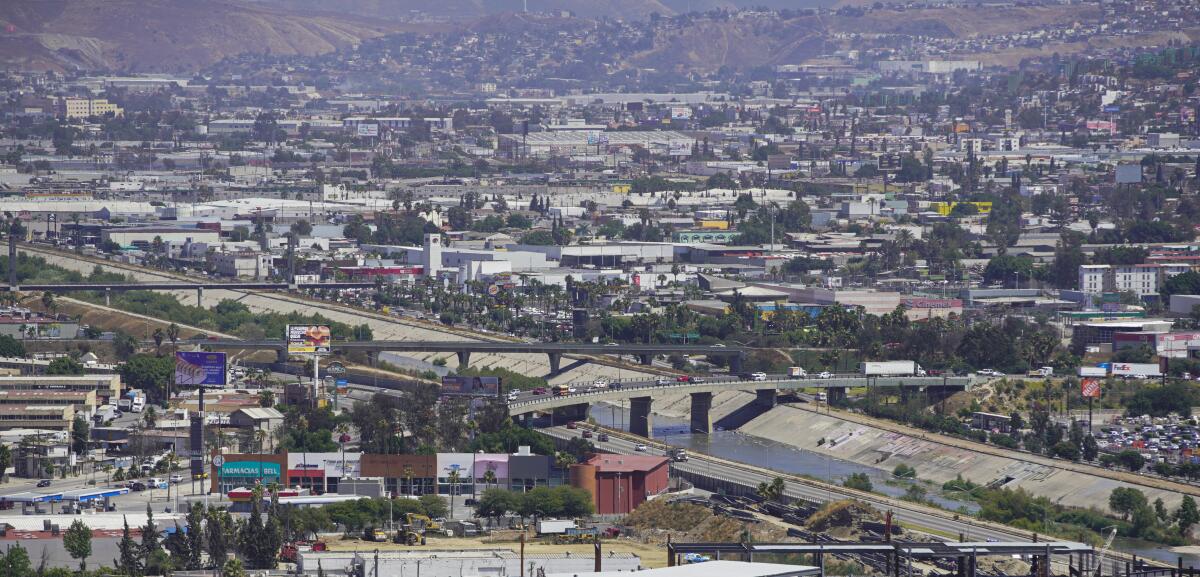
The International Boundary and Water Commission, the federal agency tasked with monitoring cross-border flows, did not respond to questions.
David Gibson, executive officer of the San Diego Regional Water Quality Control Board, said he’s not sure why the pumps don’t run more regularly.
“That’s a very good question to which we’ve rarely gotten a straight answer,” he said. “CEPST [Tijuana’s public utility] has frequently complained to EPA about the cost of electricity.
“It’s really hard to develop a culture of trust when you don’t have day-to-day information” from Mexico, he added.
Public utility officials in Baja have denied any wrongdoing, insisting that elevated flows in the river can take weeks to subside after a rainstorm, as water from the mountains slowly winds its way to the sea. They’ve also said that recent upgrades to the pumping system have increased its overall capacity and should reduce clogging at the intake going forward.
The $300 million
Pressure to address the pollution has ratcheted up since 2017, when a major sewer pipe cracked and raw effluent emptied into the river, causing the worst spill in years.
Imperial Beach sued the federal government for Clean Water Act violations and many local governments and agencies piled on, including California’s then-Atty. Gen. Xavier Becerra.
In 2019, then-San Diego Mayor Kevin Faulconer got more involved. That summer the EPA held a meeting in Coronado, unveiling about $200 million in prospective projects, including increasing the capacity of the diversion system on the river. Federal officials said beach closures could potentially be reduced to a few dozen days a year.
By December, San Diego’s congressional delegation, led by Rep. Mike Levin (D-San Juan Capistrano), had secured a cash injection of $300 million to address water issues along the border under the United States-Mexico-Canada trade agreement.
Until recently, it was unclear how much of that money would go toward addressing pollution in the Tijuana River Valley. However, EPA officials confirmed to the Union-Tribune on Tuesday that the agency intends to spend nearly all of that funding on efforts to stem the flow of cross-border pollution into San Diego.
“We have a lot of work to do, but I think, we’ll make huge progress on it this year and hopefully accelerate this in a way that enables us to move toward design and construction in 2022,” said Dave Smith, water division manager for EPA’s Region 9.
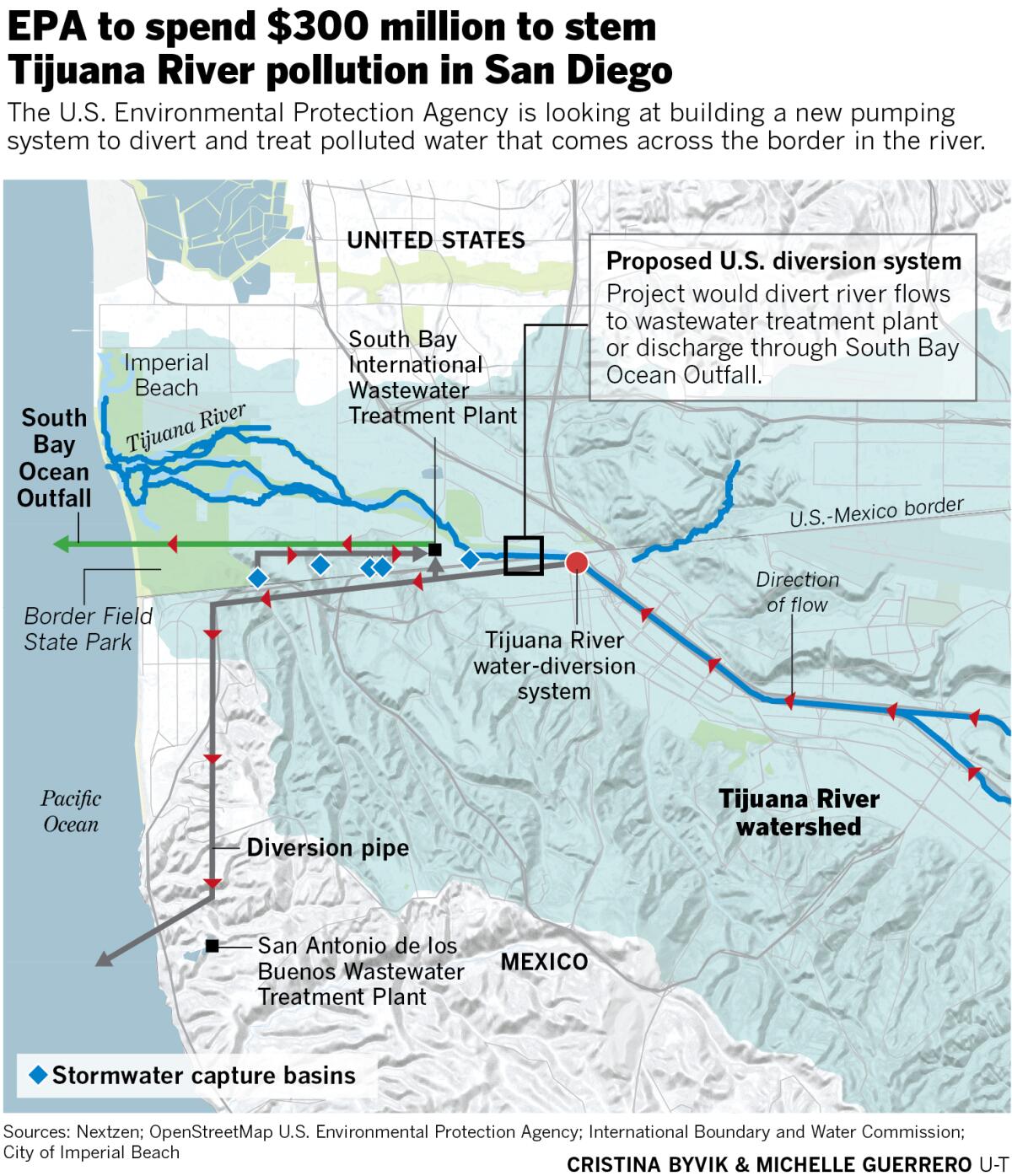
In coming months, the agency plans to start an environmental review of a suite of projects, most notably building a second diversion pump in the channel, which would be located just north of the border. Officials in San Diego have backed building the new pumping system in the U.S. since the EPA meeting in 2019.
The county Board of Supervisors, for example, approved a resolution on Tuesday declaring the issue a public health crisis.
“The Tijuana River watershed is the most polluted watershed in our country,” Supervisor Nora Vargas said at the public hearing. “Our front-line communities cannot afford to wait any longer.”
San Diego Mayor Todd Gloria also issued strong support, saying: “My administration will work with local, state, federal, and international partners to press aggressively for a comprehensive solution that will improve both environment quality and public health.”
More to Read
Start your day right
Sign up for Essential California for news, features and recommendations from the L.A. Times and beyond in your inbox six days a week.
You may occasionally receive promotional content from the Los Angeles Times.
